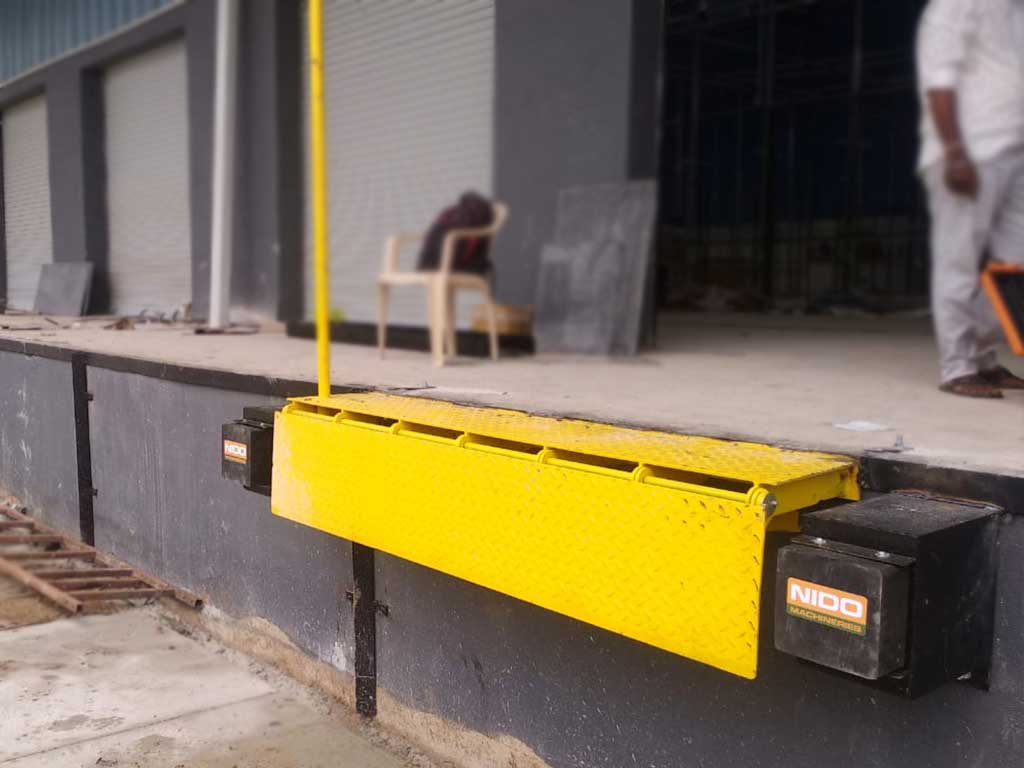In certain pieces of the nation, ice can create a great deal of issues for dock proprietors. As indicated by the drifting business distribution Exchange Just, this harm adds up to millions every year. Numerous private dock proprietors watch in disappointment every year as ice gradually destroys their dock. There are three fundamentals was ice harms boat docks. One way this happens is if the frozen surface of a waterway gradually moves with wind or momentum. This can be indistinctly sluggish, yet there can be a ton of mass behind the movement – Enough to pulverize a dock. Another normal issue is hurl or Heaping Jacking which happens when water levels change. Ice structures around pilings during low water and afterward skims when the water levels rise, pulling the heaping from the base. At the point when the water drops once more, another band of ice structures at the water line and the cycle is rehashed.
The last wellspring of harm happens when free pieces of gliding ice, driven by the breeze or flows crash into the dock. These battering rams don’t need to be moving extremely quick to cause a great deal of harm. The most ideal way of staying away from dock harm is to eliminate the dock from the water throughout the cold weather months. Notwithstanding, that isn’t generally imaginable. Luckily, there a few choices to assist with shielding docks from ice. The primary arrangement is known as a Dock Bubbler. Dock bubblers comprise of a packed air source and punctured line or hose that is gotten to the lake or waterway base around the border of the dock. Whenever set up effectively, a bubbler will radiate a shade of air pockets that will cause water dissemination. The air pockets will push hotter water from beneath to the surface to the top, liquefying the ice and click for more info https://cauxenang.com/san-pham/san-nang-thuy-luc-tu-dong/.
The subsequent choice is to introduce an in-water de-ice. In-water deicers, some of the time called dock or marine deicers have a sub engine running between 1/4 HP and 1 HP that drives a propeller. These units are suspended beneath the dock or from a buoy secured right outside of the dock. In-water deicers make a progression of water, once more, pulling hotter water from beneath the surface and guiding it at the objective space of the surface. Whenever suspended upward, a dock de-ire will make a generally adjust space of cleared ice. Whenever suspended at a holy messenger they will clear a circular region. They need to clear a region bigger than the dock, shaping vast water around the pilings or skimming bits of the design. In-water deicers can be introduced even after ice structures, purchase cutting an opening and suspending the unit. Under typical conditions, the ice will be cleared from the objective region surprisingly fast.
